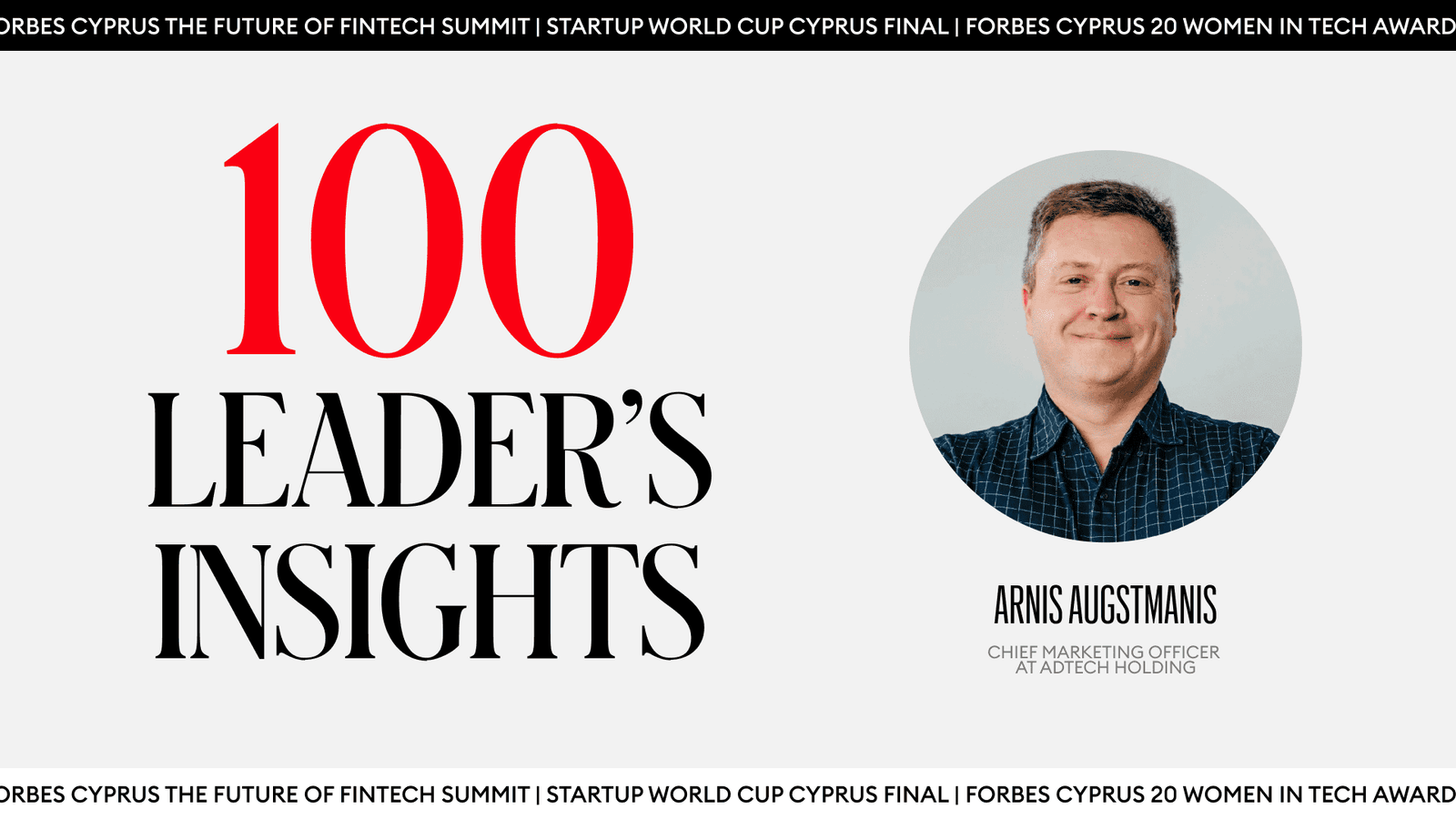Navigating the Future: Trends and Transformations in Digital Payments
In the dynamic landscape of fintech, where changes occur at an unprecedented pace, the role of digital payments has taken center stage.
Industry leaders such as Laura Rofe, Director of Partner Management at Thunes; Ugne Buraciene, Group CEO of payabl; John Georgoulas, Certified Board Director in Banking; Demetrios Zamboglou, Former CEO of Doto Group, and Pedro Batista, VP Payments & Operations at Payhawk, recently shared their perspectives on the driving forces, innovations, and challenges within the digital payment space.
The Constant Evolution of Digital Payments
Laura Rofe set the stage by emphasizing that change is the new constant, resonating with the rapid transformation witnessed in the digital payment sector. According to a recent report by Worldpay, nine out of 10 people have embraced digital payment methods. The top online payments worldwide for 2023, as per the report, included digital wallets at 49%, signifying the industry’s significant growth.
Shedding light on the evolution, Pedro Batista attributed the pace of digital payments to customer demand. He highlighted the role of regulators and financial infrastructure in adapting to the evolving payment landscape. Automation, stablecoins, and central bank digital currencies (CBDCs) were identified as key elements driving the industry forward. Additionally, the decreasing prices of essential infrastructure and the instantaneous nature of digital payments were crucial factors.
Ugne Buraciene emphasized the growth of e-commerce as a significant catalyst for digital payments. She underlined the importance of technological advances in meeting end-users requirements, creating a seamless connection between physical and online spaces. John Georgoulas concurred, stating that the demand for faster, better, and cheaper solutions propels the growth of digital payments.
Demetrios Zamboglou delved into the impact of the pandemic, noting that it accelerated the shift towards online payment systems. The crisis was an educational lesson, prompting people to appreciate the importance of a good customer experience and pricing.
Innovations Shaping the Digital Payment Space
John Georgoulas, drawing on his experience with the Association of Cyprus and electronic money institutions, highlighted the transformative role of artificial intelligence (AI) in the industry. AI, particularly in the form of chatbots and fraud detection, is driving significant changes. The panel agreed that AI tools are essential for understanding customer habits and enhancing security.
Ugne Buraciene, while acknowledging various technological innovations, presented a contrarian view. She argued that many innovations address longstanding issues rather than introducing new concepts. For instance, AI and embedded finance are seen as evolutionary rather than revolutionary developments.
Demetrios Zamboglou expressed fascination with AI and biometrics, citing examples of Amazon’s cashier-less stores and the use of palm recognition in Whole Foods. The panel recognized blockchain and cryptocurrencies as transformative technologies, with cities like Lugano adopting Bitcoin and stable coins for public services.
Pedro Batista emphasized the integration of payments into the core capabilities of businesses. He pointed out that companies recognize the need for digital payment arms, citing the example of Mercedes launching an in-car wallet. The consensus was that digital wallets would become integral to payments, focusing on full integration from spending to back-office functions.
Challenges and the Path Forward
The conversation then shifted to the challenges faced by the industry. Laura Rofe acknowledged that despite exciting innovations, challenges persist. Cross-border payments, still slow and costly, pose a hurdle. She quoted the Payments Association, stating that incumbent technology is the industry’s biggest competitor.
Ugne Buraciene highlighted the importance of technology distribution among financial players and the role of payment technology companies in bridging gaps. Compliance and risk, she emphasized, remain significant challenges, especially in embedded finance. The blurred lines between physical and online spaces necessitate robust regulatory frameworks to safeguard consumers.
Pedro Batista delved into the friction between rapid innovation at the consumer level and the aging financial infrastructure’s inability to cope. He emphasized the need for a significant transformation in infrastructure to accommodate the evolving landscape. The panel agreed that collaboration, transparency, and open discussions among all stakeholders, including regulators, are crucial for overcoming these challenges.
The Importance of Transparency and Governance
John Georgoulas started the conversation by emphasizing the vital role of transparency in payment institutions. While acknowledging the inherent openness within their organizations, he identified four major challenges faced by digital payments, especially for payment institutions.
The first challenge highlighted was the ever-changing landscape of regulations. As regulations continue to evolve, payment institutions need to adapt swiftly. John noted that regulators, especially at the national level, might need help keeping pace with the complexities of digital payments.
Corporate governance and culture emerged as the second significant challenge. Drawing attention to recent incidents involving companies like FTX and Binance, John stressed the need for robust governance practices. Engaging board members in better governance was identified as a pivotal step to avoid pitfalls.
The third challenge discussed was the global competition between traditional banks and fintech companies. John emphasized the necessity for collaboration, with conventional banks recognizing the importance of fintech partnerships and fintech firms understanding the value of aligning with established players for sustained growth.
The final challenge addressed was the increasing focus on Environmental, Social, and Governance (ESG) practices. While larger banks must provide detailed reports on their ESG initiatives, smaller companies, and payment institutions are held to a different standard. According to John, this will be a significant future challenge.
Perspectives on Transparency and Consumer Trust
Ugne Buraciene expanded on the theme of transparency, particularly in embedded finance. She highlighted the blurred transparency when financial elements are embedded in non-financial platforms. Ugne emphasized the need for end consumers to be fully aware of the service provider’s identity and the process to follow when issues arise.
Laura Rofe sought additional input from Demetrios Zamboglou, who underlined the delayed innovation caused by legacy systems. He emphasized that legacy systems might slow innovation but must partially halt it. Digital transformation, though challenging, is necessary for financial institutions and regulators to stay competitive and up-to-date with novel technologies.
Pedro Batista brought a different perspective to the discussion, stating that the market efficiently clears out rogue players. He argued that consumers, armed with information, are selective about the companies they choose, leading to the survival of the best players in the long term.
The Role of Regulators and Future Developments
The conversation shifted to the role of regulators, with Pedro Batista praising the FCA and the Bank of England in the UK for their consumer-centric approach and initiatives in embracing new technology. He highlighted ongoing discussions around Central Bank Digital Currencies (CBDCs) and the involvement of regulators in spearheading initiatives.
Ugne Buraciene echoed Pedro’s sentiments, commending the regulatory environment in the UK, especially in the context of open banking. She stressed the importance of regulators being proactive to ensure consumer protection.
John Georgoulas provided a glimpse into the future by mentioning the ongoing trial of the digital euro. According to him, the digital euro will be out in the market within the next four to five years, a sentiment shared by Demetrios Zamboglou, who optimistically suggested it could happen sooner, possibly within two years.
Predicting the Future of Digital Payments
As the discussion neared its conclusion, the panelists shared their thoughts on the future of digital payments.
Ugne Buraciene envisioned continuous improvements and repurposing of existing elements, coupled with enhanced collaboration in the space.
John Georgoulas foresaw a transformation where traditional banks become fintech or vice versa, with the rise of digital currencies like digital euro and digital dollar playing a pivotal role.
Demetrios Zamboglou took a step further, envisioning a future where individuals can exchange any commodity or asset directly from their digital wallets, promoting a broader scope of digital asset exchange.
Pedro Batista, focusing on the trajectory of digital payments, predicted a future dominated by cross-border transactions and instant fees, recognizing the increasing importance of interoperability.
In conclusion, the insights from industry leaders paint a picture of a rapidly evolving digital payment ecosystem driven by customer demand, technological innovations, and regulatory adaptations. While challenges persist, the commitment to collaboration and transparency signals a positive trajectory for the future of digital payments. As the industry continues to shape and redefine itself, the coming years are poised to witness a more interconnected, efficient, and secure digital payment landscape. As regulations evolve, governance practices strengthen, and technology advances, the fintech landscape is poised for continuous innovation, offering consumers more transparent, secure, and efficient financial solutions.





